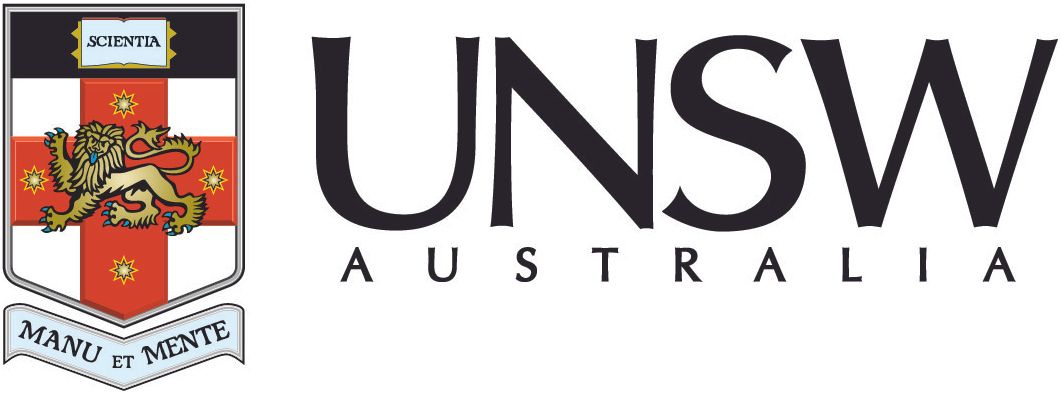Australians urged to speak up on ‘flawed’ nature plan proposal by 15 October

Department of Climate Change, Energy, the Environment and Water (2025), Discussion Paper Implementing Australia’s Strategy for Nature 2024-2030
News story
6 October 2025
The Biodiversity Council is urging Australians to have their say on the Australian Government’s discussion paper for the implementation plan for Australia’s Strategy for Nature 2024–2030, which is open for comment until 15 October.
Australia’s most recent State of the Environment Report showed biodiversity is deteriorating at alarming rates, with threatened species declining by 2–3% each year on average since 2000.
Biodiversity loss is a major global problem. In response, 196 countries, including Australia, committed to the Global Biodiversity Framework (GBF) and its 23 targets that address key drivers of biodiversity loss.
This discussion paper will inform the development of the implementation plan, which the Australian Government is required to develop to outline how it will meet the GBF targets.
Nature matters to every Australian, to pollinate our crops, supply our seafood, clean our water, shelter our coasts, cool our suburbs, and to improve our physical and mental wellbeing. Therefore, every person should care if the Australian Government has an adequate plan to protect nature. You can have your say until 15 October.
The Biodiversity Council has reviewed the draft plan and identified fundamental flaws that will limit the plan's effectiveness in halting nature loss.
Key flaws
1. Lack of accountability
The draft plan suggests that each government and sector should develop their own plan. But when everyone’s responsible, no one’s responsible and the plan will fail. To succeed, it needs SMART targets (specific, measurable, achievable, relevant, time-bound) and clear accountability.
2. Missing program logic
The draft plan confuses “outcomes” with “actions” and lacks a framework to map how efforts add up to national targets. A program logic—already used by federal agencies in other areas—would show interdependencies and provide a basis for monitoring progress.
3. Input from First Peoples
The plan states that to the extent desired by First Nations peoples, Traditional Knowledge systems, cultural practices and stewardship principles can be recognised and integrated into biodiversity policy, programs and regulation. To ensure this is delivered, the plan must outline how it will undertake and resource the process required to achieve this.
4. Inadequate funding
The Australian Government has not committed the funding needed to implement the plan. To adequately fund nature conservation activities in Australia, the federal government needs to lift government investment to at least 1% of the annual federal budget (around $7 billion), in addition to leveraging state and private contributions. Current investment is only 0.06% of the annual federal budget – less than one-tenth of what is required.
5. Some GBF commitments missing
All of the GBF targets are important to halt biodiversity loss, and as a signatory to the framework, Australia is committed to meet them all. However, this plan has cherry-picked targets, leaving some out altogether.
6. Biodiversity harmful subsidies ignored
One of the missing GBF targets is #18, which calls for the phasing out of government subsidies for activities that are likely to harm biodiversity, such as native forest logging and fossil fuel extraction. We’ve estimated that the Australian Government currently spends more than 3% of the federal budget ($26.3 billion) on these subsidies. Ending them would free up more than three times the amount of money needed to adequately care for nature.
7. Environment neglected in broader government thinking
Many government portfolios have a direct or indirect impact on nature, so an effective nature strategy requires involvement and endorsement across the entire government, not just the environment portfolio. Routinely considering implications for nature must be mainstreamed across every government portfolio.
Community voices are crucial
The federal government is now seeking public input on their discussion paper. Submissions are open to anyone, and community voices can make a difference.
Biodiversity Council CEO James Trezise said, “Protecting Australia’s unique species and ecosystems will not happen through half-measures. This is the moment for Australians to demand a credible plan backed by funding, accountability and ambition.”
It’s easy to provide feedback, so please use your voice to tell the Australian Government that they have to get this right.
Public consultation closes on 15 October.

Department of Climate Change, Energy, the Environment and Water (2025), Discussion Paper Implementing Australia’s Strategy for Nature 2024-2030













